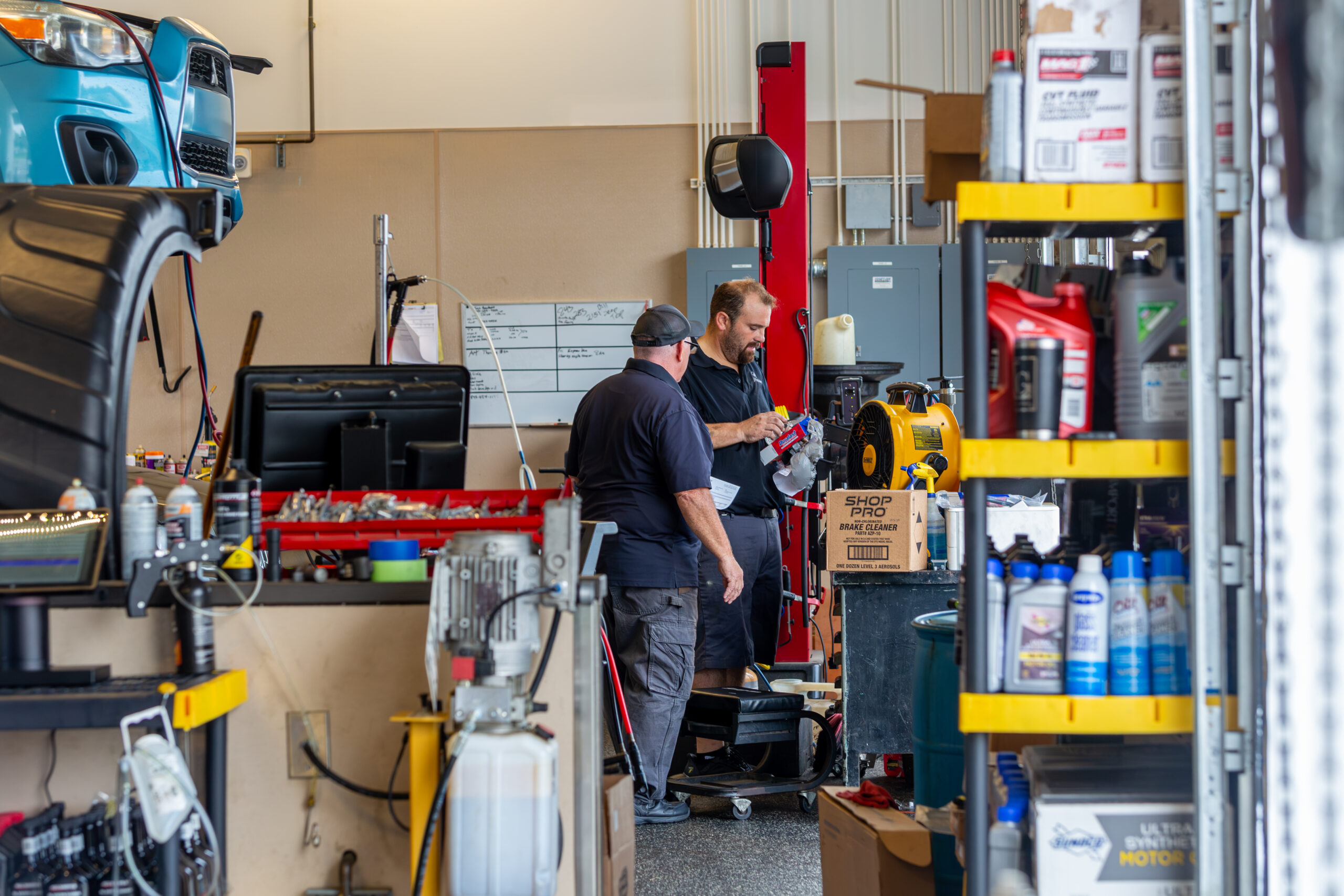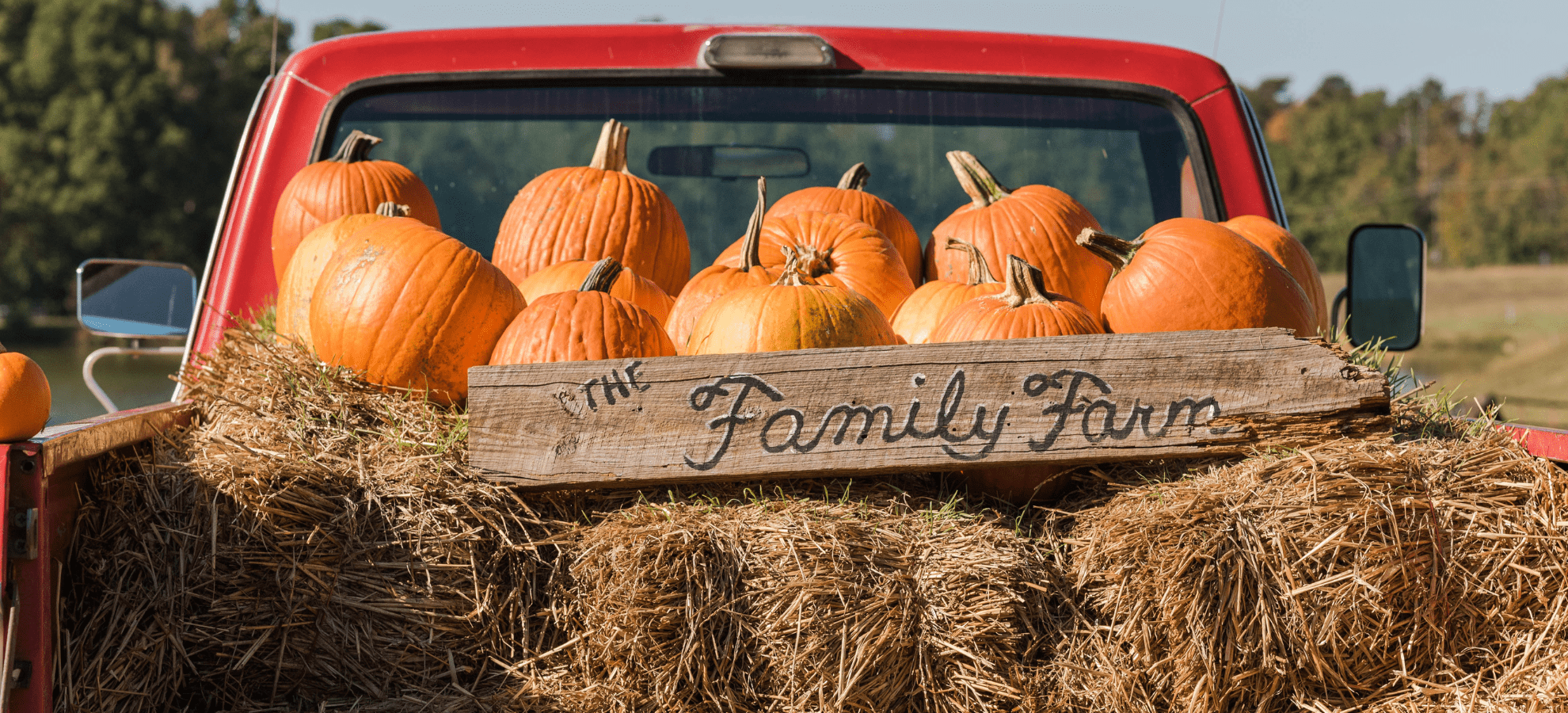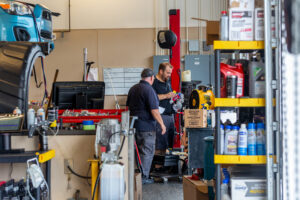This story is part 1 of a 7-part series which chronicles the redevelopment of the former Myrtle Beach Air Force Base and its evolution into the Market Common from the perspective of retired Air Force Colonel Buddy Styers, executive director of the Myrtle Beach Air Force Base Redevelopment Authority.
For the background on the initial stages of the redevelopment of the Market Common, see our September 2016 feature, “Remembering The Market Common’s Past, An Interview With Colonel Buddy Styers.”
The Redevelopment Years of The Market Common
The redevelopment of the Air Force base was a step by step process, and often there were many steps happening concurrently that were connected to one another. One of the first things the Redevelopment Authority tackled was to set in place public infrastructure— building roads throughout the 1800 acres of old Air Force base property. It was a project that took two years to complete.
“To make a community out of it,” says Buddy Styers, executive director of the Myrtle Beach Air Force Base Redevelopment Authority, “we needed lots of streets. The Air Force only made streets for utilitarian purposes. We needed something else.”
But first, they had to get rid of buildings that were in the way.
“It seemed,” he says, “that everywhere we needed a building, there wasn’t one, and everywhere that we wanted to put a road, there was one. And the buildings that were there, weren’t really usable.”
Where the big lake currently is, there were 10 three-story dormitories which, in the redevelopment plan, could not be used and needed to be demolished.
The Authority put a regional storm water retention system (comprised of five small lakes and one 21-acre big one) in its place to protect the area from flooding after a hurricane. Farrow Parkway, which is next to the big lake, was built at the same time.
Buddy’s vision for Farrow Parkway was to create a nice, meandering neighborhood drive that would connect the front gate and back gate of the old Air Force base.
“We knew it would contribute to the positive redevelopment of the area,” he says.
They wanted to name it after Lieutenant William Farrow because of his South Carolina birth roots and connection to the famous Doolittle Raiders of WWII.
Buddy wanted to make sure that the past was not forgotten, so every street here is named after a person who was involved in the Myrtle Beach Air Force Base in some way. There are only two exceptions— the streets Styers and Iris.
“Using the names of people from the Air Force was part of our interest in retaining our history of the base,” says Buddy.
By state law, the City of Myrtle Beach Planning Department has the authority and responsibility of naming streets. Buddy proposed names to the planning department, and they were in charge of approving them or not. Buddy got a listing of the officers, enlisted personnel, and civilians who worked on the base, and had to consider in his recommendations who was alive and who might not be.
Unbeknownst to him, the developer of the Market Common proposed Buddy’s name, Styers, be a street; unbeknownst to the developer, Buddy proposed that the developer’s wife’s name, Iris, be one. The department approved both, and with the erection of the street posts, both were surprised to see themselves commemorated.
“I always wanted to be stationed at the Myrtle Beach Air Force Base,” Buddy says with a smile. “I guess I just came along late.”

















